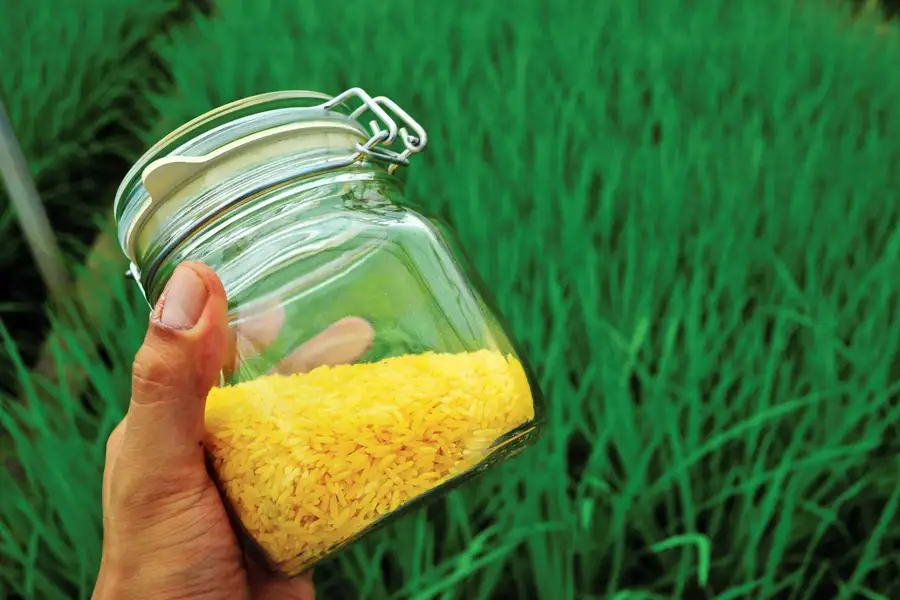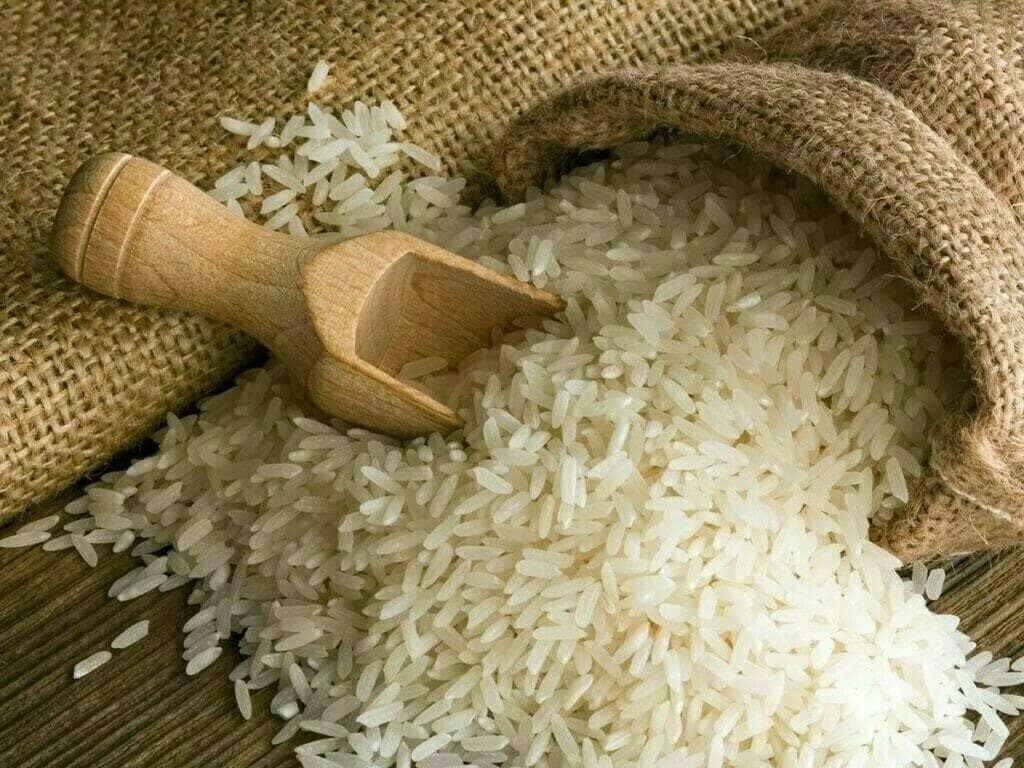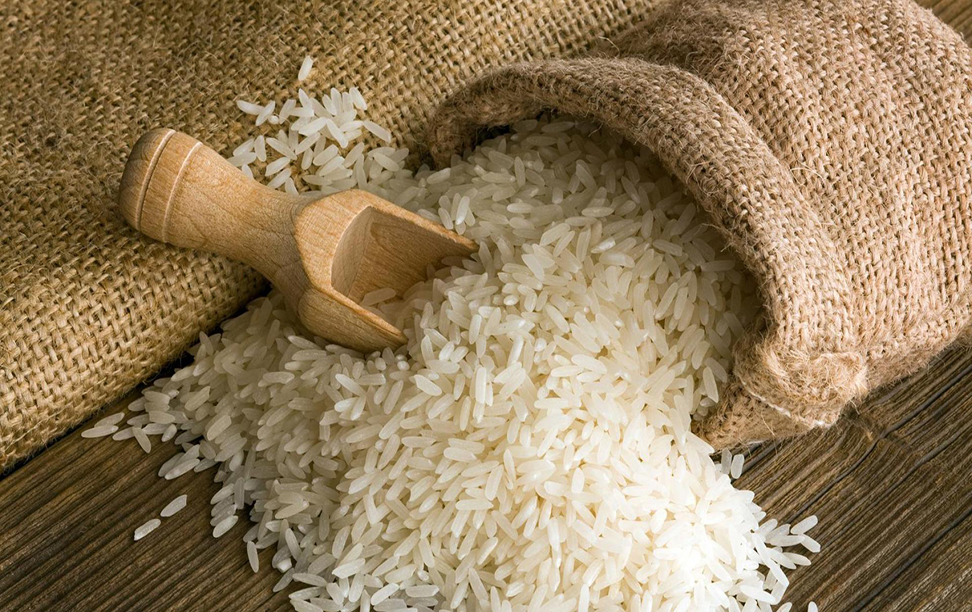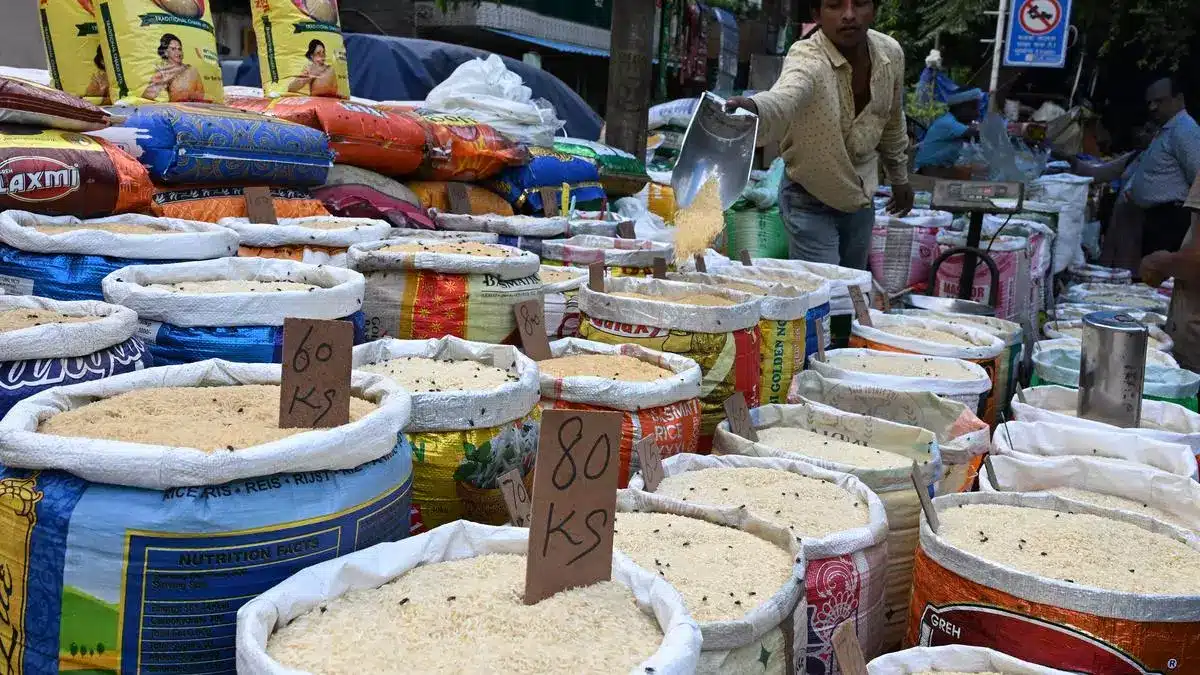Tags
Genetically modified golden rice may yet succeed in the Philippines
A court in the Philippines revoked the permit to grow rice genetically modified to boost vitamin A, but the government is expected to appeal against the decision
By Michael Le Page

Golden rice is genetically modified to produce beta-carotene, a precursor of vitamin A
Farmers in the Philippines may be able to continue growing golden rice genetically modified to combat malnutrition, despite a court decision revoking the permit for planting it.
The Philippines government will object to the decision, says Adrian Dubock, a member of the Golden Rice Humanitarian Board that guided the rice’s creation. “An objection will be filed with the appellate court, and I presume will be successful,” he says.
Golden rice was developed to combat vitamin A deficiency, a major cause of disability and death worldwide. It is estimated to result in up to half a million children becoming blind each year, half of whom die within a year.
This is entirely preventable if children eat foods containing sufficient vitamin A or vitamin A precursors such as beta-carotene. This orange pigment, found in vegetables such as carrots, is converted into the vitamin by the body.
In the 1980s, a group of scientists set out to genetically engineer rice to contain beta-carotene, which became known as golden rice because of the colour from the pigment.
The project became a major target of campaigners opposed to genetically modified crops, greatly delaying the adoption of golden rice. “The suspicion stoked by Greenpeace has been very effective,” says Dubock.
In 2021, the Philippines became the first country to approve the cultivation of golden rice – which is known there as malusog or healthy rice – having previously approved it as safe to eat. It has also been approved for eating in the US, Canada, Australia and New Zealand. The rice’s growth and consumption is promoted by the Philippine Rice Research Institute, a government corporate entity.
This means that over the past three years, people who might benefit from the rice have finally been able to eat it. For instance, this year, the town of San Mateo introduced golden rice into its feeding programme for severely underweight children. A recent study found that 1 in 6 children aged under 5 in the Philippines is deficient in vitamin A.
But on 17 April, the Court of Appeals in the Philippines revoked the permit for golden rice as a result of a case brought by Greenpeace Southeast Asia and other groups.
“This decision is a monumental win for Filipino farmers and Filipino people who have for decades stood up against genetically modified (GM) crops,” Greenpeace Southeast Asia campaigner Wilhelmina Pelegrina said in a statement.
Dubock says his understanding is that the court decision rests on certain technical errors that were made during the approval process. “I have to assume the Philippine government will win its appeal,” he says.
In a statement, the Philippine Rice Research Institute said it is reviewing the implications of the court decision to prepare its response.
Scientists have also applied for a permit to grow golden rice in Bangladesh, but the country has been delaying a decision since 2017. “The need is greater than in the Philippines,” says Dubock.
There is also a significant amount of vitamin A deficiency in many countries in Africa, he says.
Dubock hopes that independent studies will compare the health of children eating golden rice with other types and that the results will encourage the adoption of golden rice in more countries.
https://www.newscientist.com/article/2428632-genetically-modified-golden-rice-may-yet-succeed-in-the-philippines/Published Date: April 29, 2024







